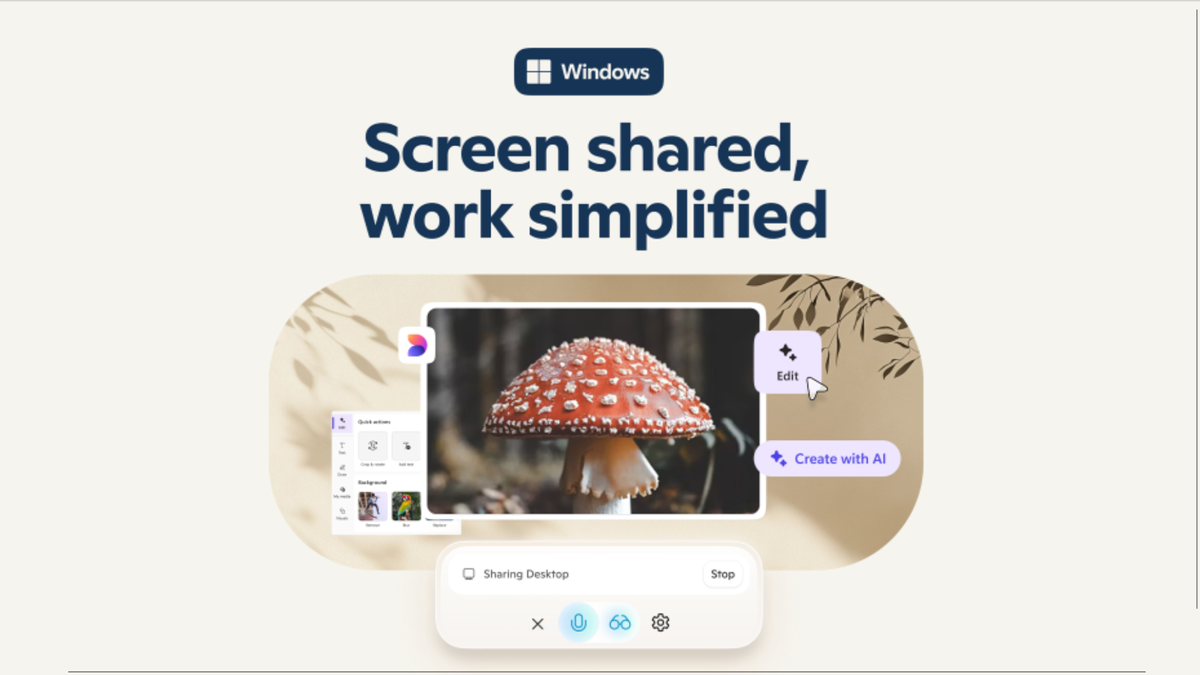Microsoft Unveils Copilot Vision: An AI Assistant with a Vision for Enhanced Productivity

In a significant leap toward integrating artificial intelligence into everyday computing, Microsoft has announced that its innovative Copilot Vision feature will be seamlessly embedded into Windows 11 and its mobile applications. This version of Copilot represents a major evolution in AI technology, allowing it to interact with the user’s environment in a more intuitive manner.
Copilot Vision aims to provide an AI assistant that can not only analyze what is displayed on your screen but also perceive the world around you through your smartphone’s camera. This feature builds upon initial experiments within the Edge browser, where Copilot could assist users by previewing web content. Now, however, it is expanding its capabilities across the entire operating system, including various applications and websites, as well as leveraging the mobile camera to enhance the user experience.
The vision behind Copilot Vision is to create an AI that is proactive rather than reactive. This means it can analyze data within an Excel spreadsheet, summarize lengthy PDF documents, suggest optimal configurations for your settings, or even help you identify a mysterious wild berry that you might be hesitant to consume. The potential applications of this technology are vast and varied, appealing to a wide range of users from corporate professionals to outdoor enthusiasts.
What sets Copilot Vision apart from similar tools, such as ChatGPT and Gemini, is its deep integration into the Windows operating system. While those platforms are powerful in their own right, they operate as standalone applications that require user input to generate responses. In contrast, Copilot Vision has the advantage of being “on-site,” allowing it to provide contextually relevant assistance without needing the user to ask for help actively.
However, Microsoft is acutely aware of the privacy implications that come with such advanced technology. The company has proactively addressed potential concerns by emphasizing that Copilot Vision only functions when the user grants explicit permission. Yet, the concept of an AI that can see what you are working on raises questions about privacy and security. Many users may find the idea unsettling, akin to having someone peering over their shoulder while they work.
It's worth noting that we already share vast amounts of personal data with cloud services in exchange for personalized recommendations and other conveniences. However, the idea that AI could read your screen in real-time may evoke feelings of discomfort. The success of Copilot Vision may rely heavily on how Microsoft implements user control and trust.
If Copilot Vision becomes default-enabled or if its permission settings are hidden within obscure system menus, users may shy away from this feature, opting instead for alternative solutions that offer similar functionalities but with more transparent user controls.
Despite these concerns, I believe that Copilot Vision has the potential to be a genuinely beneficial addition to Microsoft’s Copilot toolkit, particularly when used within the aesthetically pleasing and user-friendly Copilot mobile application. As with any new technology, it will be essential for users to remain vigilant about the permissions they grant and to monitor when Copilot Vision is actively engaged. I encourage everyone to explore this feature, but do so with awareness of the AI's capabilities as it observes your screen.


























